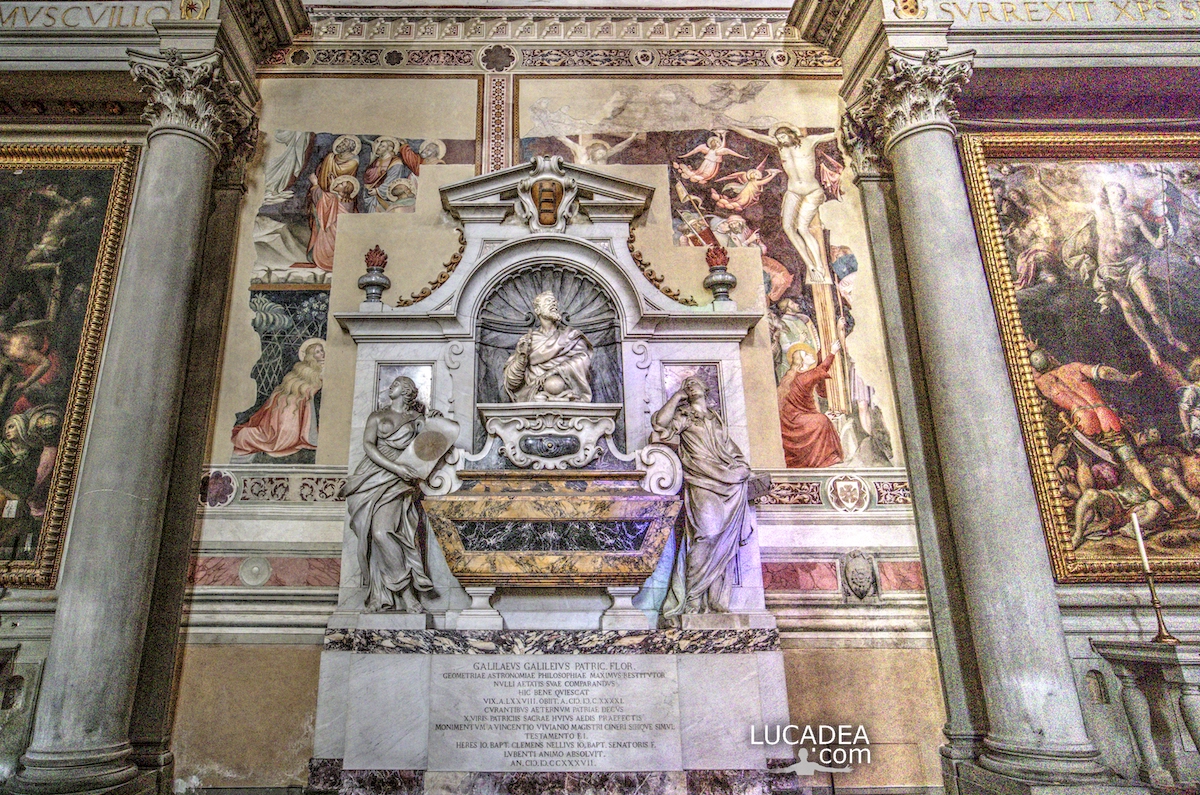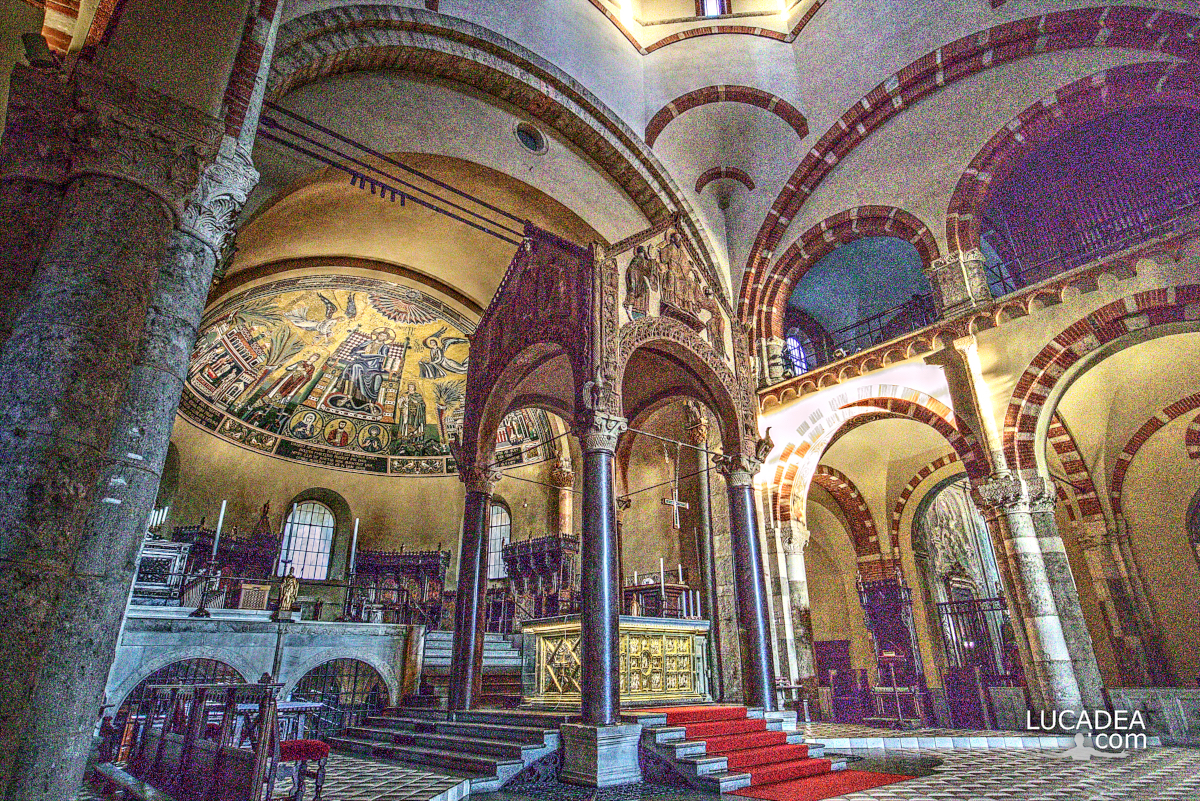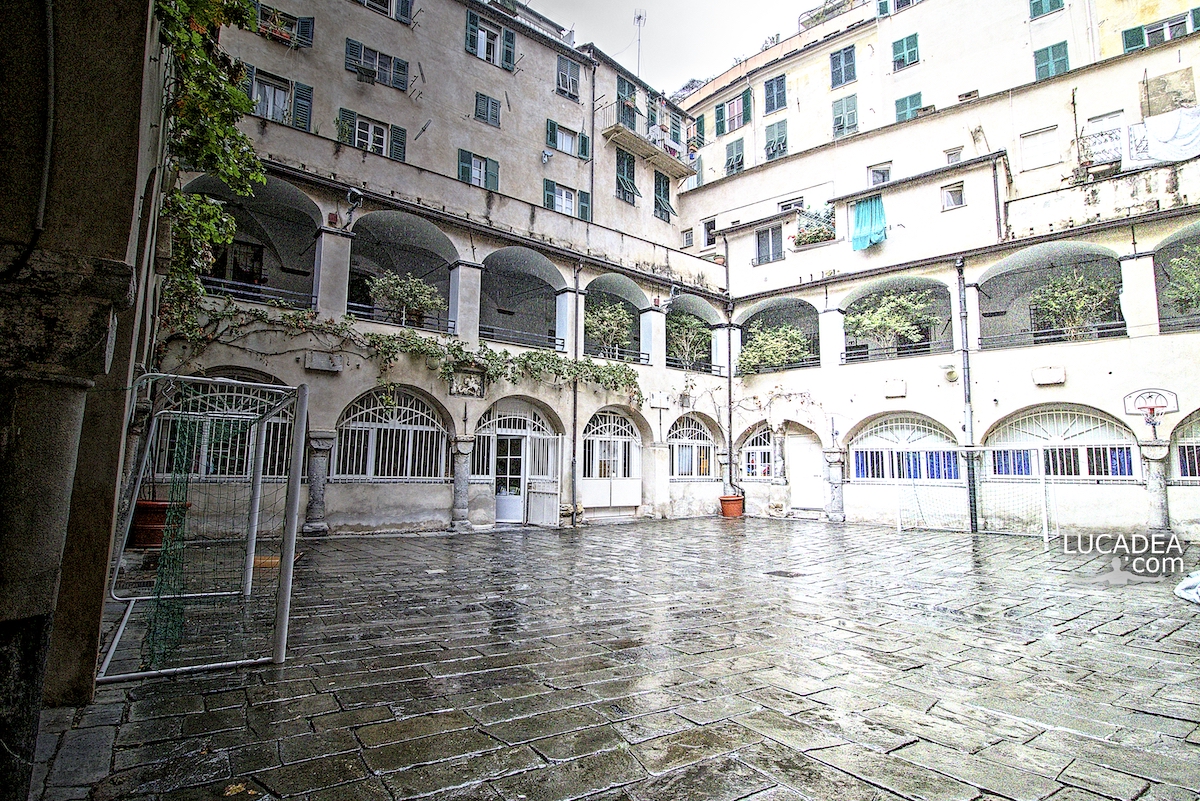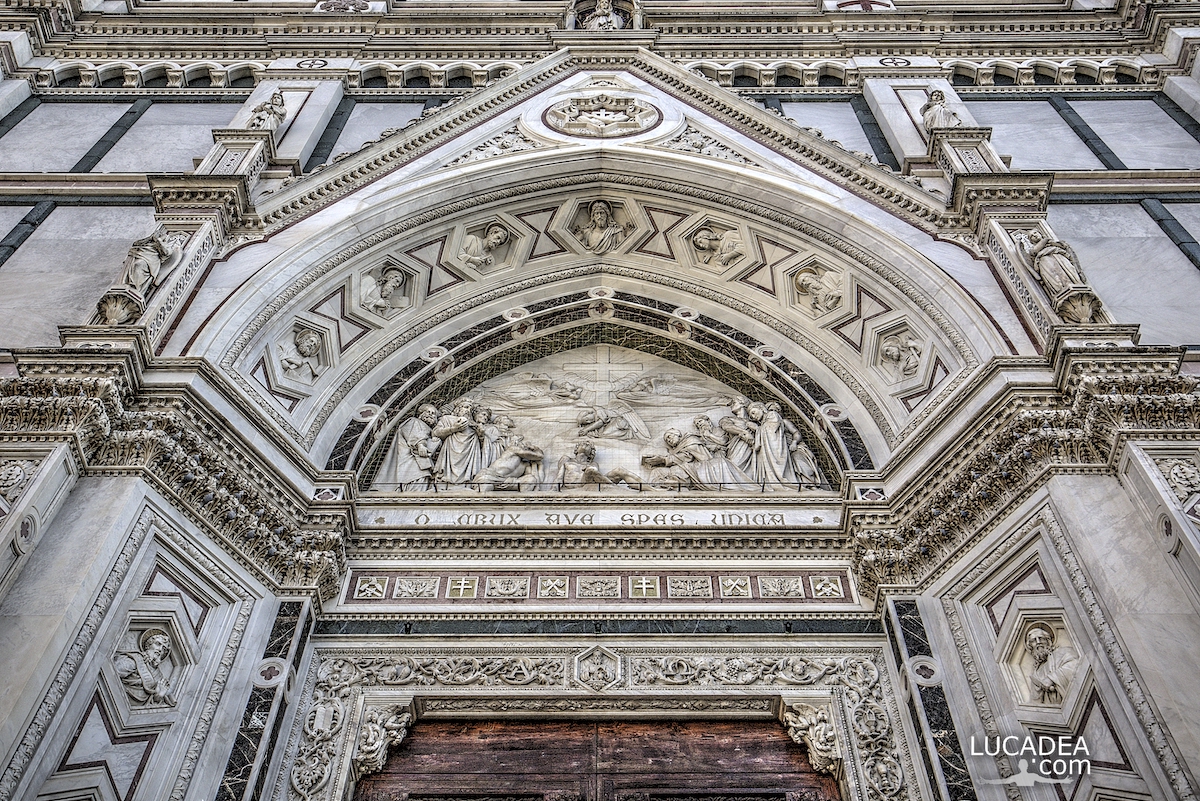The starry ceiling of the Basilica of Saint Anthony of Padua.
When visiting Padua I could not miss entering the Basilica of the Saint.
In addition to the famous chapel, I was impressed, in the presbytery behind the main altar, by the blue ceiling decorated with golden stars.
If I am not mistaken, these frescoes were created by Casanova and were damaged by the great earthquake that hit North-West Italy on May 29, 2012.
Have you ever visited beautiful Padua? Add a comment or go to the bottom of the site to read what other visitors have written.
Photo taken with Honor 20.
This is the official website of the basilica: santantonio.org.
To see all the photos I took in the city of the Saint click here:

The Pontifical Minor Basilica of Saint Anthony of Padua is one of the main Catholic places of worship in the city of Padua, in the Veneto region. Known worldwide as the Basilica del Santo, or more simply as the Saint, it is one of the largest churches in the world and is visited annually by over 6.5 million pilgrims, making it one of the most venerated sanctuaries in the Christian world. However, it is not the city's cathedral, a title that belongs to the cathedral. The relics of Saint Anthony of Padua and his tomb are kept there.
Continue and learn more on Wikipedia













